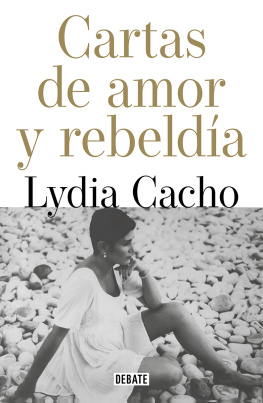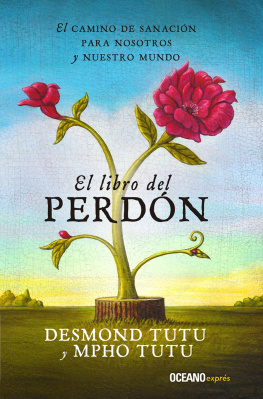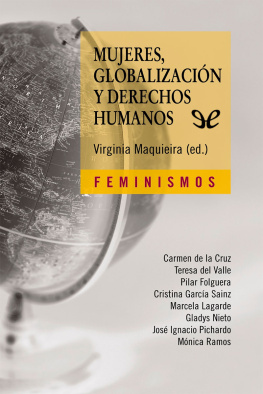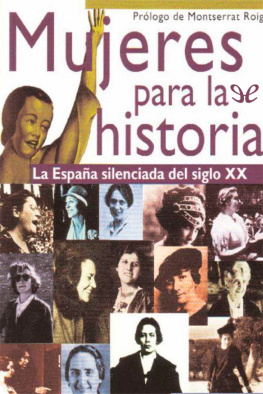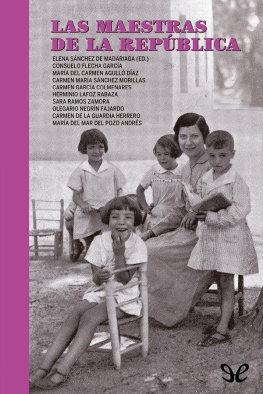El protagonismo y las aportaciones de las mujeres en el devenir de la historia han sido silenciados y ocultados secularmente. Con ello, se les ha negado el papel desempeñado en la consecución de derechos civiles, políticos y sociales así como sus contribuciones en todos los ámbitos del progreso y el conocimiento de la humanidad. Esa ocultación consciente ha sido resultado del androcentrismo social imperante y excluyente que, siglo tras siglo, ha pesado sobre el género femenino, obstruyendo sus ideas y aspiraciones y relegándolas al olvido.
Pero no se puede olvidar, como afirma Shirin Ebadi, premio Nobel de la Paz en el 2003, que las mujeres constituyen la mitad de la población en cada país y que «ignorarlas y excluirlas de la participación activa en la vida política, social, económica y cultural sería un hecho equivalente a privar a la población entera de cada sociedad de la mitad de sus capacidades».
Hace tan sólo unos cincuenta años que esta injusticia histórica empezó a ser solventada, de modo que las mujeres están ocupando el lugar y el reconocimiento que siempre han merecido por sus logros y aportaciones.
Este libro es un ejemplo de ello. La obra aborda la vida y, sobre todo, las causas que abanderaron las quince mujeres que, desde 1905 hasta el 2011, han recibido el Premio Nobel de la Paz, con el propósito de motivarnos por el conocimiento de todas ellas, su lucha y convicciones. Mujeres procedentes de los entornos sociales e ideologías más heterogéneos, representantes de diferentes formas de promover la paz, y ejemplos emblemáticos del gran potencial que las mujeres simbolizan en la defensa y reivindicación de la democracia, la no violencia, el desarme, el entendimiento entre los pueblos y las distintas religiones, la resolución pacífica de conflictos, la justicia social, los derechos humanos, la igualdad entre hombres y mujeres, el medio ambiente y la ayuda a los marginados y excluidos.
La escritora austriaca Bertha von Suttner (1905) inaugura la lista de este elenco de mujeres magníficas que incluye, además, a Jane Addams (1931), Emily Greene Balch (1946), Betty Williams y Mairead Corrigan (1976), la madre Teresa de Calcuta (1979), Alva Myrdal (1982), Aung San Suu Kyi (1991), Rigoberta Menchú (1992), Jody Williams (1997), Shirin Ebadi (2003), Wangari Maathai (2004) y, por último, a las tres galardonas en el 2011, Leymah Gbowee, Ellen Johnson Sirleaf y Tawakkol Karman.
Cada una aporta una fascinante historia y todas comparten una base común: unos valores firmes y un admirable coraje y determinación, basados en la certeza de que sus objetivos serían eventualmente realizados, que no les permitieron flaquear en la consecución de sus anhelos.
El conjunto de todos sus relatos ofrece un recorrido por algunos de los hechos históricos que han marcado el siglo XX , y el comienzo del XXI , como las dos guerras mundiales, el conflicto del Ulster, la guerra civil de Guatemala, la carrera armamentística durante la Guerra Fría, la férrea dictadura de Birmania, la cruenta guerra de Liberia y los niños soldados, la situación de los derechos humanos en diferentes países, las minas antipersonas, la Revolución Islámica de Irán o las recientes revueltas democratizadoras bautizadas como la Primavera Árabe, con el foco puesto en la de Yemen. Acontecimientos en los que ellas han ejercido un papel decisivo al erigirse como altavoces para denunciarlos y darles visibilidad mundial, y por su capacidad para generar movilización social y adhesión a estas causas y lograr soluciones eficaces y perdurables en el tiempo.
Ellas son el mejor exponente del lema de Jody Williams, según la cual, una mujer media normal puede hacer que algo extraordinario suceda. Las mujeres premio Nobel de la Paz constituyen, en definitiva, sólidos paradigmas de lo que el célebre escritor estadounidense Napoleon Hill, en su famoso libro Piense y hágase rico (1937), llamó soñadores prácticos. Soñadoras prácticas, en este caso, capaces de poner en práctica sus sueños «y que siempre han sido y serán las guías y pilares de la civilización».
In May of 2013, I had the opportunity to gather with over 80 women working for peace at the Nobel Women’s Initiative Moving Beyond Militarism & War conference in Belfast, Ireland. Over the course of three days, we shared our experiences as activists and developed strategies to advance our struggles for peace more effectively. We united over our common goal of creating a more peaceful world for generations of women, men and children to come. The room was buzzing with energy, charged with the power that comes from women working together.
In 1901, the Nobel Peace Prize was established to honour individuals for their efforts to secure a more peaceful world. Over its 113-year history, the Nobel committee has recogni zed 94 individuals for their peace work. Of these, only fifteen have been women. Fifteen. While these women, myself included, have been placed on an international pedestal and officially recognized for our work to create a more peaceful world, we know that our successes have not been the work of any one individual alone. We represent the collective efforts of millions of women around the world to create sustainable peace in our world.
Throughout my life as an activist I have met countless women who have united to demand a more peaceful, just and equitable world. Women who have reached across cultural lines to defend their land and the environment. Women who have bridged societal gaps to provide a voice to the voiceless. Women who have banded together in their neighbourhoods to protect their families, friends and communities from rape and violence, impunity and discrimination. Women who, despite very real risks to their own safety, continue in their struggle for peace. More often than not, these women work behind the scenes for peace, with little recognition for their significant efforts.
In January of 2006, along with five sister Laureates, we launched the Nobel Women’s Initiative, an organization that is based on the very essence of the fact that when women come together, change happens. For eight years we have combined our efforts, networks and resources to effectively amplify the voices of women who work behind the scenes for peace. The results have been overwhelming. Women are gaining momentum on the world stage, taking strides towards peace and equality like never before.
The fact is that women make things happen. Women are the single biggest untapped resource for peace, and when we are at the negotiating table, we help end war. Women broaden the discussion beyond who will get the spoils and are uniquely attuned to community needs related to such key issues as land rights, education and health. We also tend to focus on women’s rights, which are vitally important to a country’s long-term security. In other words, women are hugely powerful agents of significant change.
Within these pages you will find the stories of the fifteen women that have received the Nobel Prize for their work to promote peace. Their successes and challenges will unfold before you, milestone by milestone, as you follow along their path to a more peaceful world. As you relive each of their journeys, I urge you to recognize and remember the collective efforts behind each of their successes.
As you read, I also urge you to take the time to acknow ledge the women working for peace who are not featured in this book. These women are no less dedicated, no less courageous, than myself or the other Laureates living amongst these pages. Their voices deserve to be amplified as ours have been, their work as equally celebrated, their efforts to bring peace as notably recognized.
May the collective efforts of women working for peace around the world continue to bring violence to its knees.


